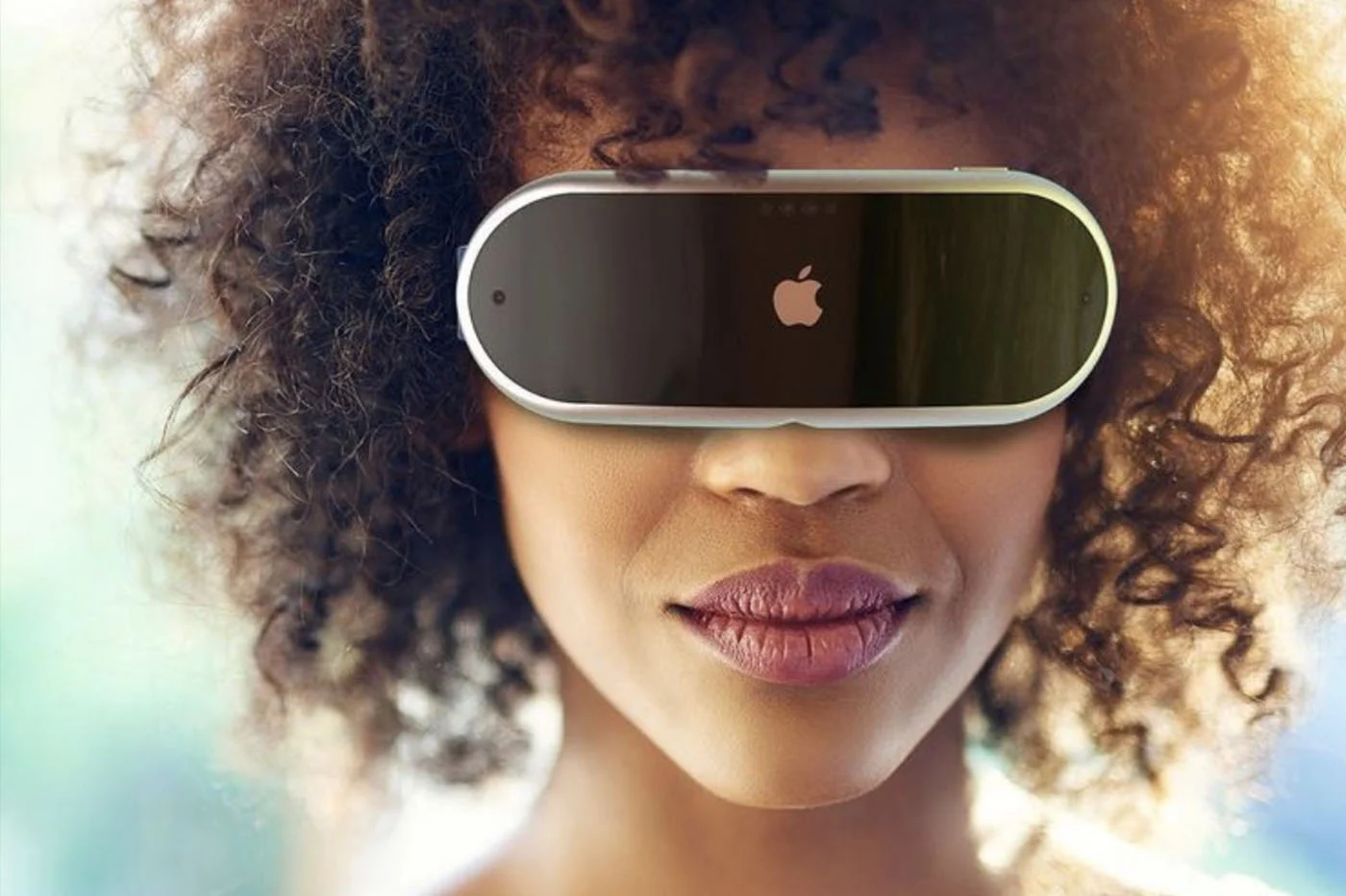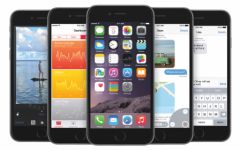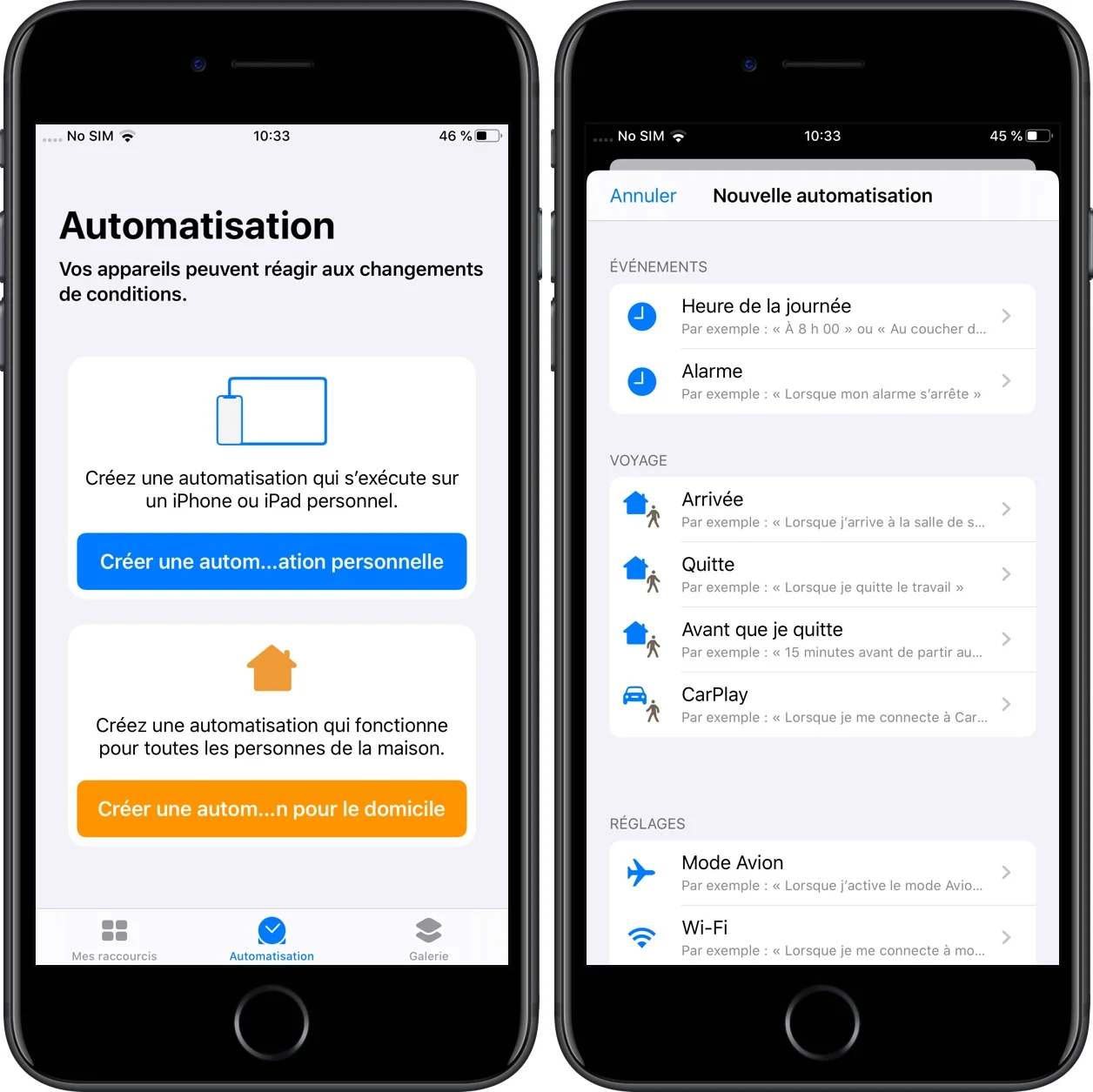On the back of the iPhone 14 Pro and iPhone 14 Pro Max, Apple has chosen to integrate a better wide-angle photo sensor. This is in fact equipped with a definition of forty-eight megapixels, compared to twelve previously. This inevitably results in heavier photos: still count 75 Mb per photo, on average, according to the manufacturer's official information for the formatProRAWwith this objective.
However, the Lightning socket is equipped with the standardUSB 2.0, unlike the iPad Pro which benefits from the third major generation of this standard. In theory, the iPhone 14 Pro and iPhone 14 Pro Max are therefore limited to a data transfer speed of around 480 Mb/s, or almost ten times less than tablets.
iCloud in support
So if you want to send a hundred photos to your Mac using a Lightning to USB cable, you might need topatientslong enough. Certainly, this operation can take place in around fifteen seconds, however these are only numbers achieved under very specific test conditions: with new hardware, using Apple apps, without interference, etc. Otherwise, the minute could be exceeded.
As an alternative, Apple therefore suggests relying on file storage via iCloud. The only downside here too: this media library only offers 5 GB of free memory, beyond that you will have to checkout.Count on 0.99 euros per month for iCloud+ with 50 GB of storage, 2.99 euros per month for 200 GB or 9.99 euros per month for 2 TB.
Best for 2023 iPhones
In any case, rest assured: it seems that the iPhone 15s on the way next year will be equipped with a USB-C port, perhaps capable of reaching a theoretical speed of10 or even 40 Gb per second. Of course, Apple remains discreet on this subject butEuropean lawmakers are trying to push to impose a charging standard that is the same for all smartphone manufacturers. Samsung, Huawei and Xiaomi already use USB-C, which Apple has also integrated into its computers and the iPad Air, iPad mini and iPad Pro.






